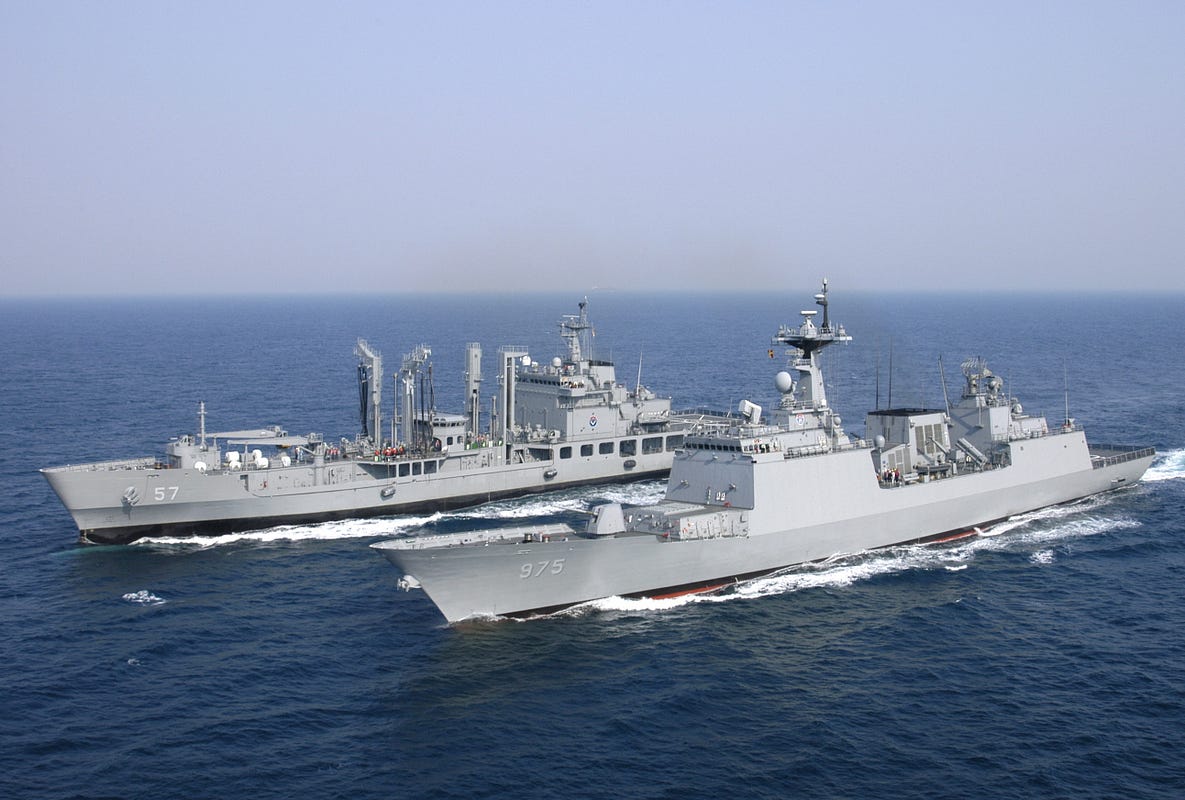Korea’s Phantom Menace
 |
Dokdo/Takeshima
Wikipedia |
The territorial dispute over the Senkaku/Diayou Islands has long been the preeminent maritime issue in East Asia, and for good reason. However, there is another which also has serious implications for geopolitics in the region: the dispute between the Republic of Korea and the State of Japan over the ownership of Dokdo/Takeshima in the East Sea/Sea of Japan.
 |
The offending shoes
koreabang.com |
The enmity between Korea and Japan can in large part be traced back to the annexation of the Korean Peninsula by Japan in 1910, which was followed by 35 years of colonial rule. The Koreans generally view this era as one of Japanese repression, with grievances such as the plight of
comfort women receiving significant attention.
The resulting anti-Japanese sentiments, exacerbated by the perceived lack of
apology from Japan, pervade Korean politics. Korean President Park Gyeun-He recently suffered severe political
backlash for the simple act of wearing Japanese brand shoes in public. 62% of Koreans responded positively when asked if they felt “militarily threatened” by Japan in a recent poll by the Asan Institute for Policy Studies. The product of this charged climate has been that two of the United States’ closest allies in the Pacific are largely incapable of cooperation or even civil dialogue.
 |
Sejong the Great-class Destroyer
ROK Navy |
Perhaps then, one should not be surprised by the proportion of the Korean defense budget devoted to combatting maritime threats. Starting
in 2005, the ROK Navy has procured three Dokdo-class amphibious assault ships (at an estimated cost of
$650 million each) and six
Sejong the Great-class destroyers (at
$938 million each). Furthermore, the ROK has conducted multiple military
drills in which it protects the Dokdo islets from a foreign invasion, despite the questionable strategic value of holding .18 square kilometers of uninhabitable rock. These defense priorities are understandable in light of South Korea effectively being an island, and the strategic imperative all such states share for a robust blue water capability. However, unique to South Korea is the presence of an existential threat with which it shares a 160 mile border. Any shift in defense priorities before the North Korea issue is resolved seems premature, especially in light of the ROK’s stated
inability to defend itself without US assistance.
 |
North Korean Artillery
ripley.za.net |
While Korean grievances regarding Japan’s historical wrongs have some merit (and continue to be fertile material for Korean politicians), they should not be determining Korean defense strategy. The ROK has spent billions on vessels such as the
Dokdoand
Sejong the Great-class, despite the ships having minimal value in combatting the North, in order to combat a largely imagined maritime threat from Japan. While a conflict on the Korean Peninsula would almost certainly result in the destruction of North Korea, the loss of life would be catastrophic, as the North Koreans rained down 10,000 artillery rounds an hour on one of the most densely populated cities in the world. The threat from North Korea is real, and should be by a large margin the highest priority for ROK defense planners. Many Koreans are quick to point out that those outside the peninsula take North Korea too seriously, but perhaps the converse also possesses some truth; that is, Koreans do not take the threat from the North seriously enough.




No comments:
Post a Comment